
Phnom Penh, Cambodia, 2014 – Preserved No 231-501, one of the original 4-6-2 “Super Pacifics” built for CFI by SACM-Graffenstaden in 1939-1940, though confusingly not the original CFI 231-501 but rather a different locomotive which was renumbered for the Cambodian network in 1952.
The Minister of the Colonies, in accordance with the plan of the Central office of the Construction et d’Étude du Matériel ferroviaire (OCEM), has instructed the Société Alsacienne de Constructions Métalliques (SACM) to build for the non-conceded networks of Indochina [Chemins de fer de l’Indochine, CFI], 15 new steam locomotives of the “Pacific” type, 15 tenders and related replacement parts.
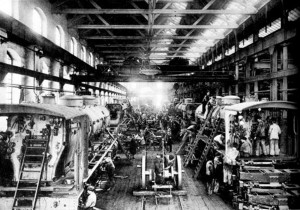
SACM-Graffenstaden Locomotive Works
These machines will have a boiler pressure of 16 hpz/bar.
Their coupled driving wheels will be 1.400m in diameter. Their total operating weight will reach 60.200kg, and their adhesive weight 39.000kg, or 13.000kg per axle. But it will be reduced to 11.000kg per axle. The two front bogie axles will carry 6.7 tonnes, and the rear bogie axle 7.8 tonnes.
The tenders will have twin two-axle bogies; their gross weight in service will be 36.400kg and their capacity will be 16 cubic meters of water and 6,000kg of fuel.
The coupling between locomotive and tender will be of the Eastern type, with central bar and spherical ball-joint.
The locomotives will be able to haul trains on flat, level areas of track at a speed of 55km per hour.
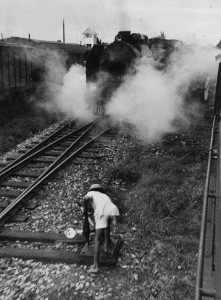
An unidentified SACM-Graffenstaden 4-6-2 “Super Pacific” in Saigon in the 1940s
They will normally be able to reach and sustain, while hauling a passenger train of 250 tonnes on flat, level areas of track or on gradients of up to 3m per 1000m, the maximum speed permitted on the CFI network of 90km per hour.
The magazine Les Chemins de fer et les Tramways believes that the commissioning of these machines will probably accelerate services on the 1729 km Transindochinois route from Hanoï to Saïgon, a route which currently takes 40 hours and 20 minutes at a speed of 43 km, the 97km stretch from Thuan-Ly to Dông-Ha being covered in either direction without stopping in 1 hour 46 minutes at a speed of 55km.
Translated from L’Homme libre: journal quotidien du matin, 2 May 1939
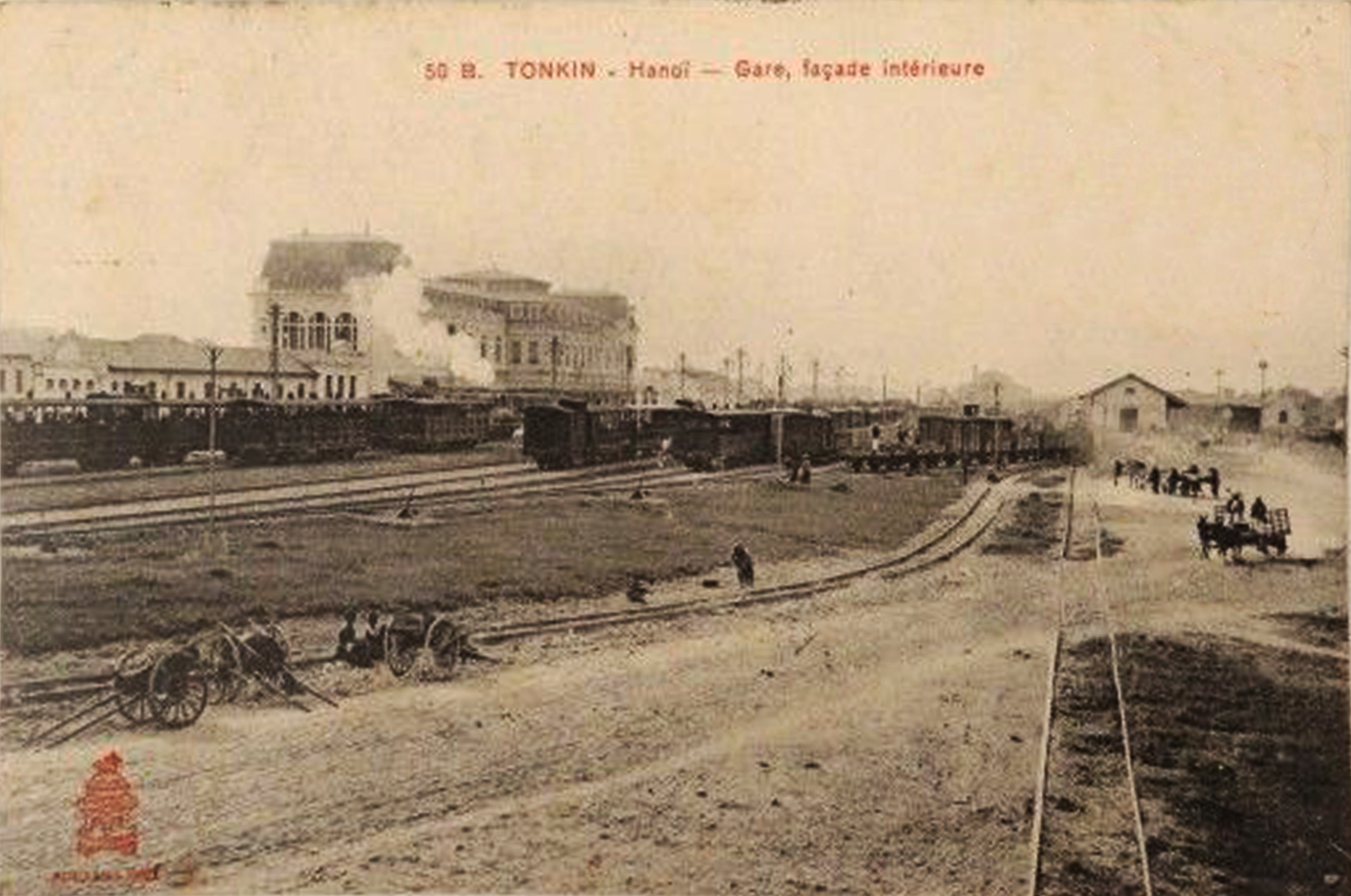
Hà Nội Railway Station yard in the colonial era
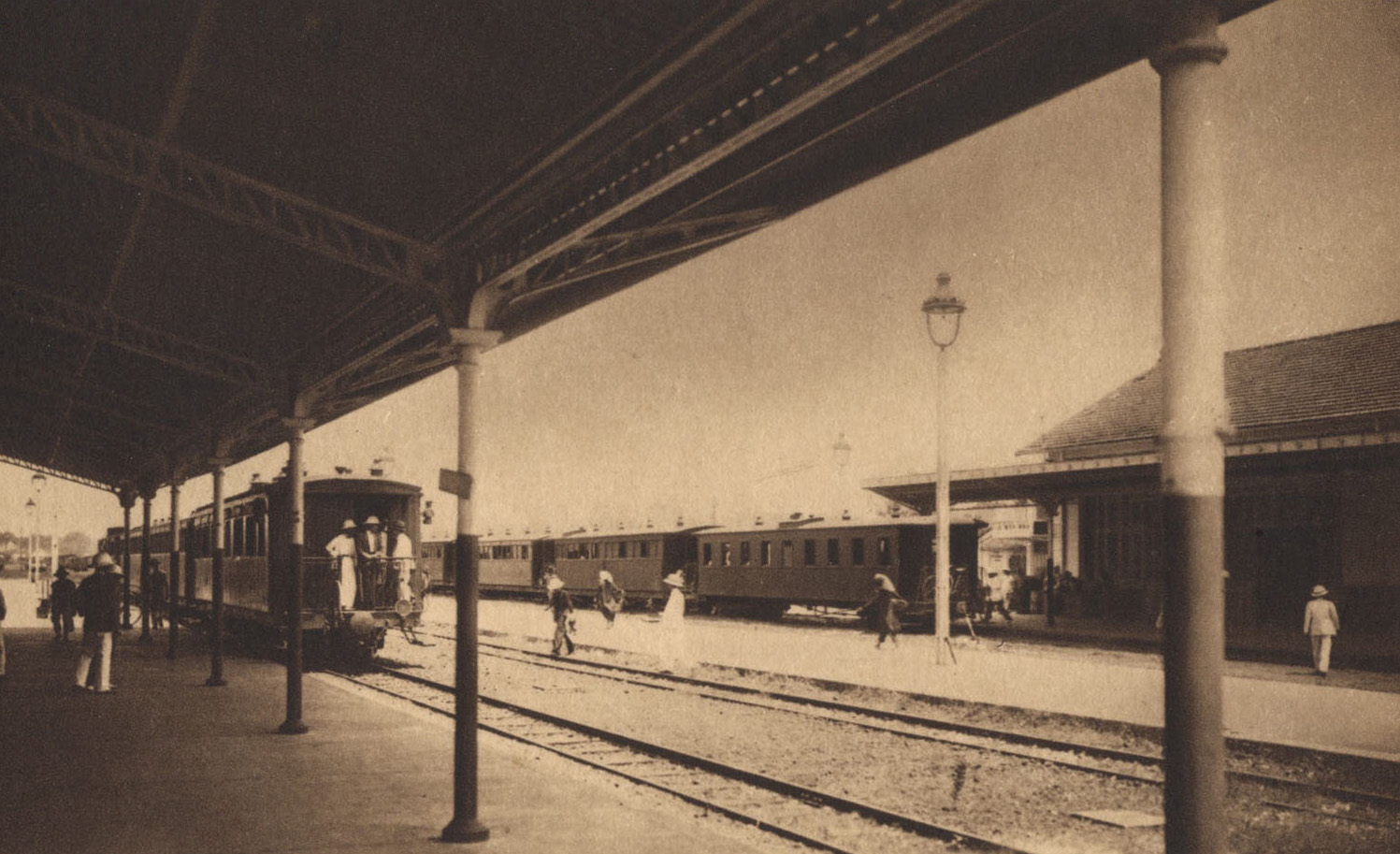
Saigon Railway Station in the colonial era
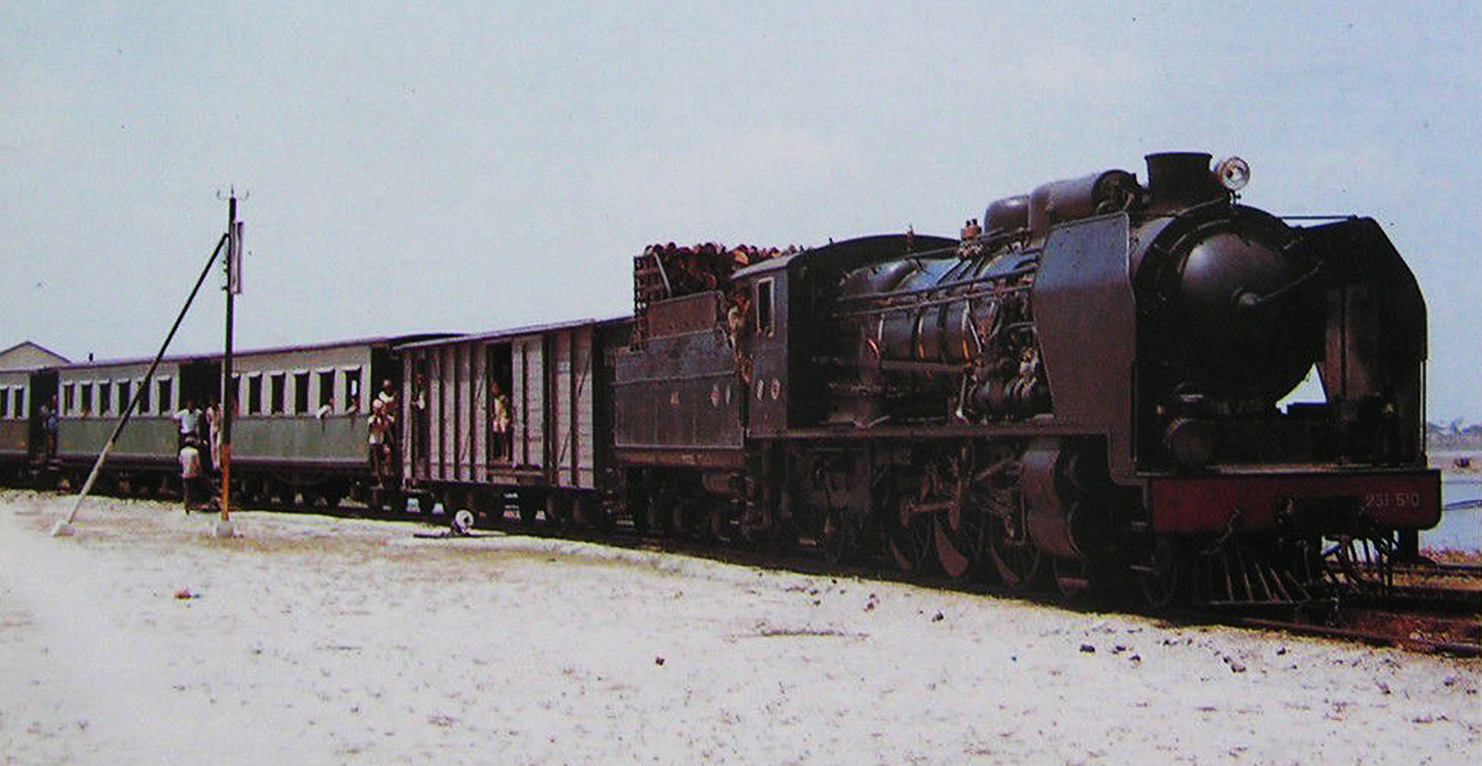
231-510, one of the 4-6-2 “Super Pacifics” built for CFI by SACM-Graffenstaden in 1939-1940, pictured in Cambodia in the early 1990s, from Chemins de fer regionaux et urbains No 293, April 1993
Tim Doling is the author of The Railways and Tramways of Việt Nam (White Lotus Press, Bangkok, 2012) and also gives talks on Việt Nam railway history to visiting groups.
A full index of all Tim’s blog articles since November 2013 is now available here.
Join the Facebook group Rail Thing – Railways and Tramways of Việt Nam for more information about Việt Nam’s railway and tramway history and all the latest news from Vietnam Railways.
You may also be interested in these articles on the railways and tramways of Việt Nam, Cambodia and Laos:
A Relic of the Steam Railway Age in Da Nang
By Tram to Hoi An
Date with the Wrecking Ball – Vietnam Railways Building
Derailing Saigon’s 1966 Monorail Dream
Dong Nai Forestry Tramway
Full Steam Ahead on Cambodia’s Toll Royal Railway
Goodbye to Steam at Thai Nguyen Steel Works
Ha Noi Tramway Network
How Vietnam’s Railways Looked in 1927
Indochina Railways in 1928
“It Seems that One Network is being Stripped to Re-equip Another” – The Controversial CFI Locomotive Exchange of 1935-1936
Phu Ninh Giang-Cam Giang Tramway
Saigon Tramway Network
Saigon’s Rubber Line
The Changing Faces of Sai Gon Railway Station, 1885-1983
The Langbian Cog Railway
The Long Bien Bridge – “A Misshapen but Essential Component of Ha Noi’s Heritage”
The Lost Railway Works of Truong Thi
The Mysterious Khon Island Portage Railway
The Railway which Became an Aerial Tramway
The Saigon-My Tho Railway Line

